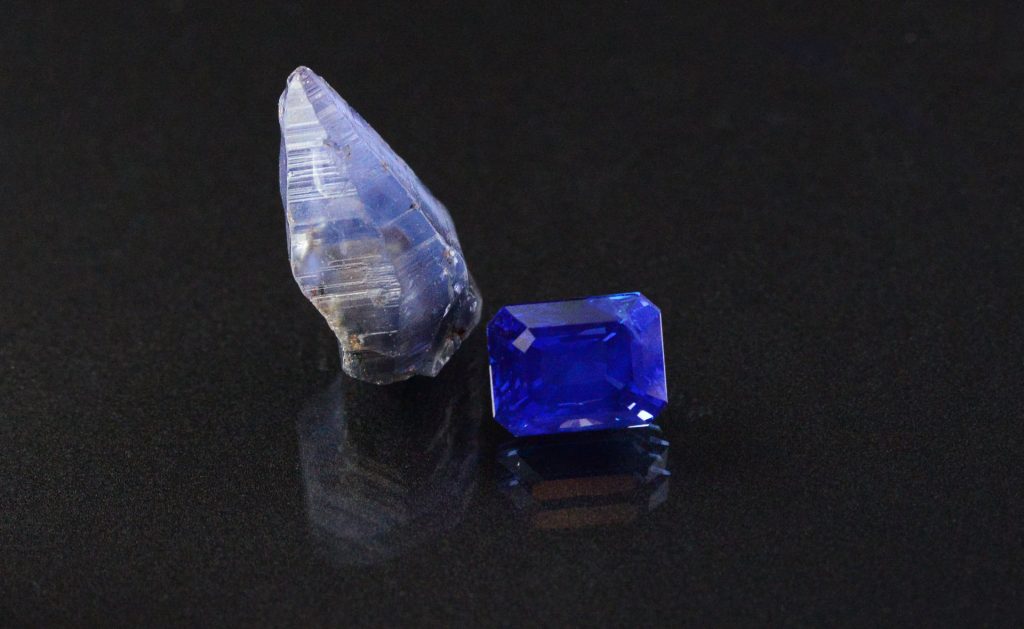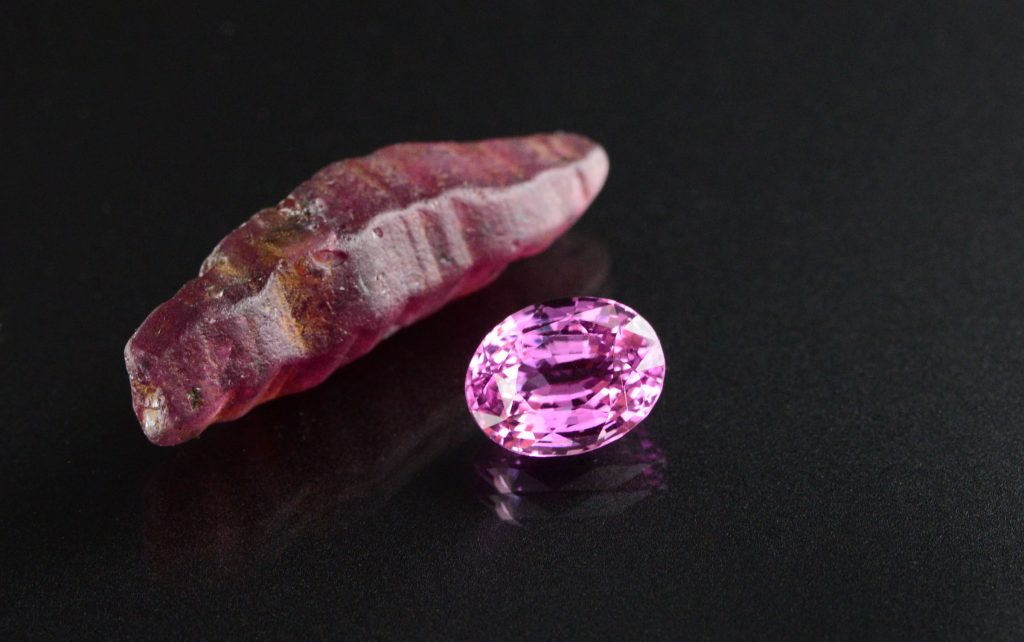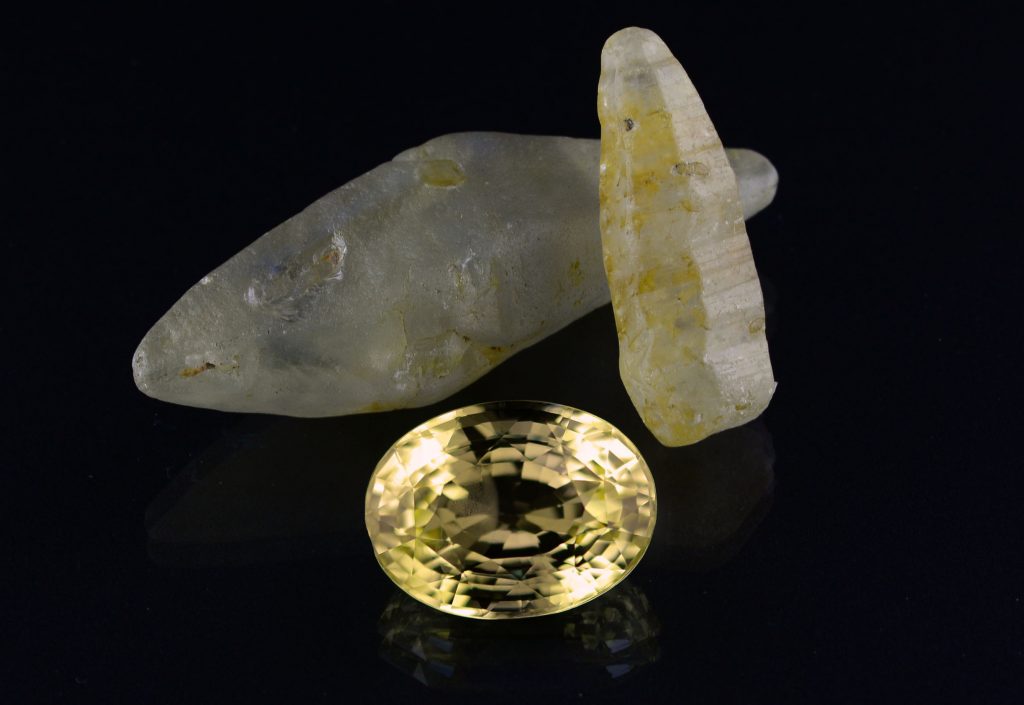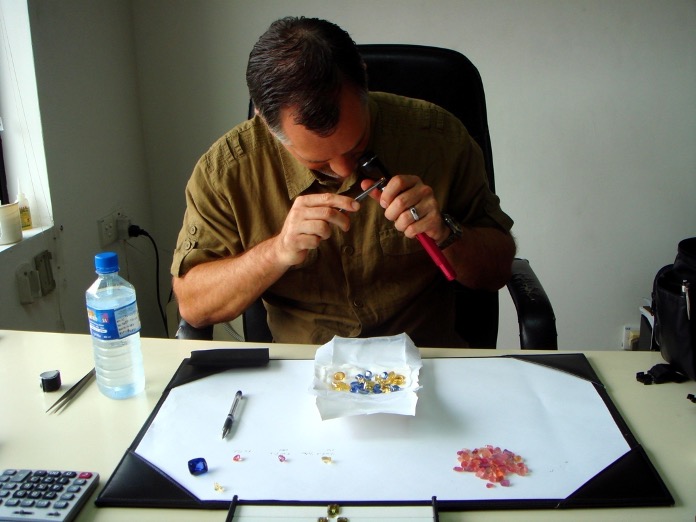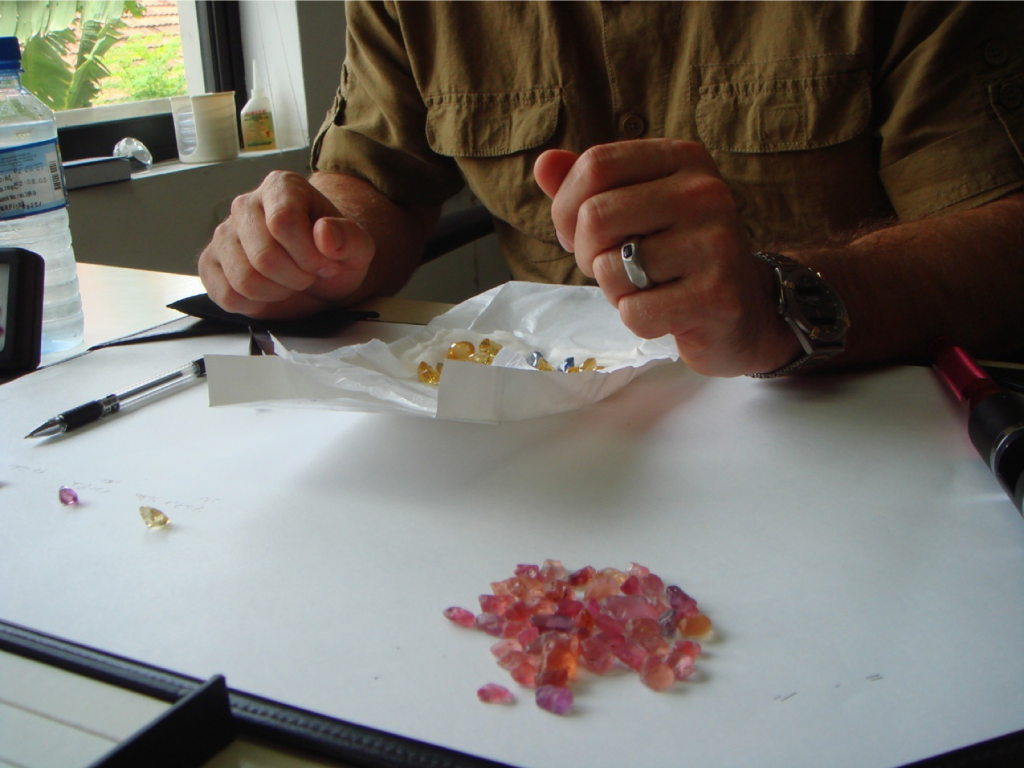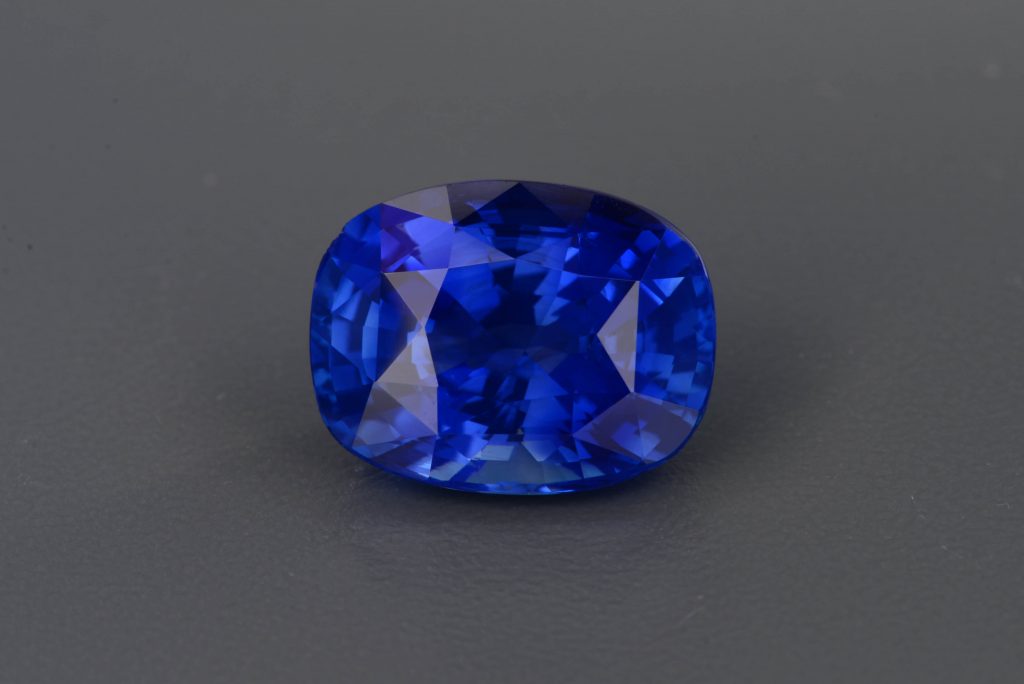
Celebrating September’s Birthstone
Sapphire has held an unwavering place at the top of gemstone hierarchy since ancient times. Considered a “royal gem”, sapphire was historically reserved for royalty and high priests, who wore them to protect themselves against harm and envy or attract favor. According to Persian legend, the Earth rested atop a great sapphire, the reflection of which gave the sky its blue color
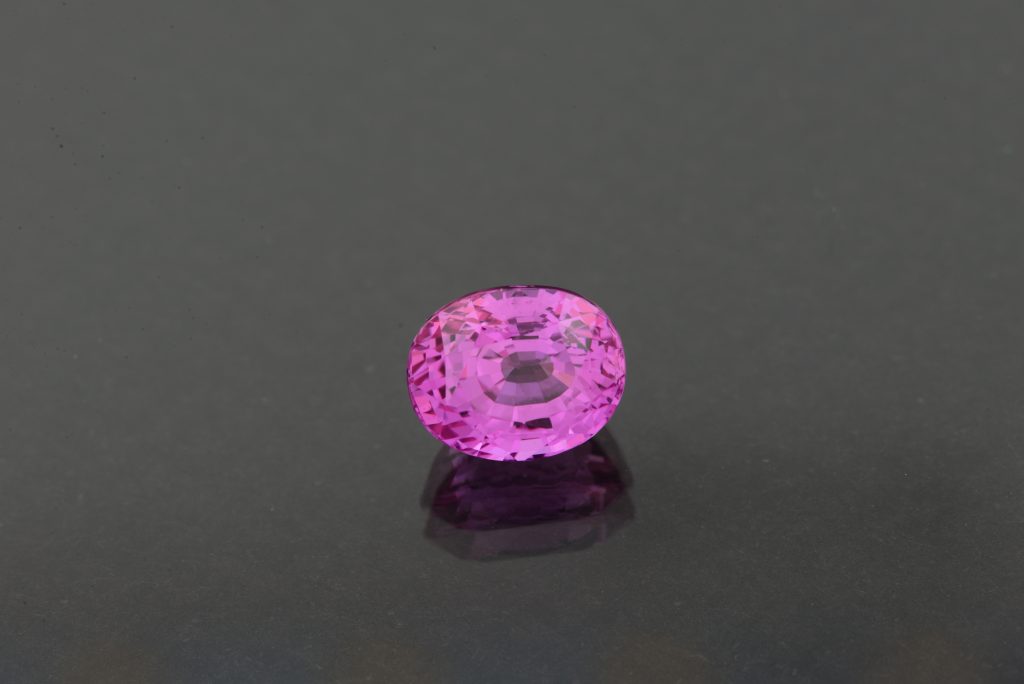
The word sapphire was derived from the latin “saphirus” and the greek “sapheiros”, both meaning blue, and usually conjures an image of a blue gemstone. However, in its pure form, corundum is colorless, and trace elements of iron, titanium and chromium produce colors across the color spectrum
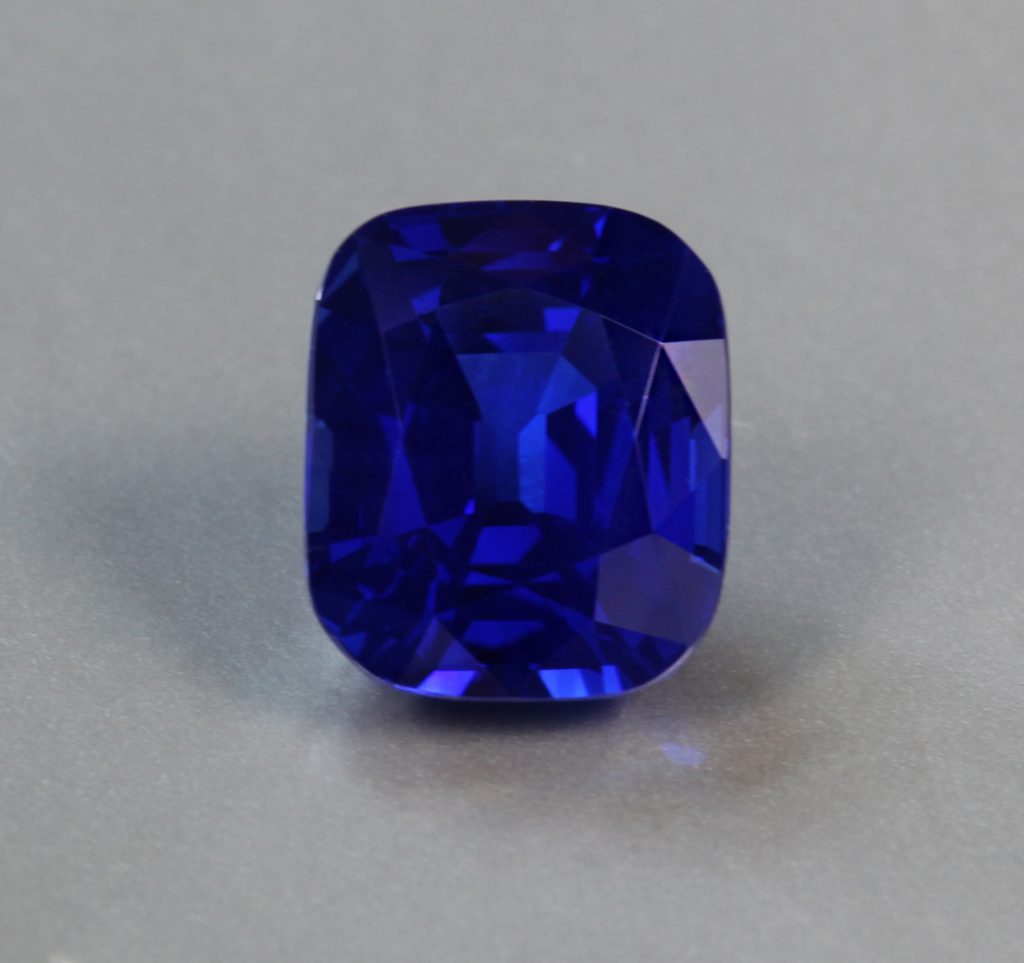
The finest sapphires from Burma, Sri Lanka and Madagascar formed through metamorphic processes in altered shales, gneisses and limestones, while those from Kashmir formed in pegmatites. Kashmir sapphires are praised for their velvety blue color which is caused by minute inclusions that disperse light throughout the stone
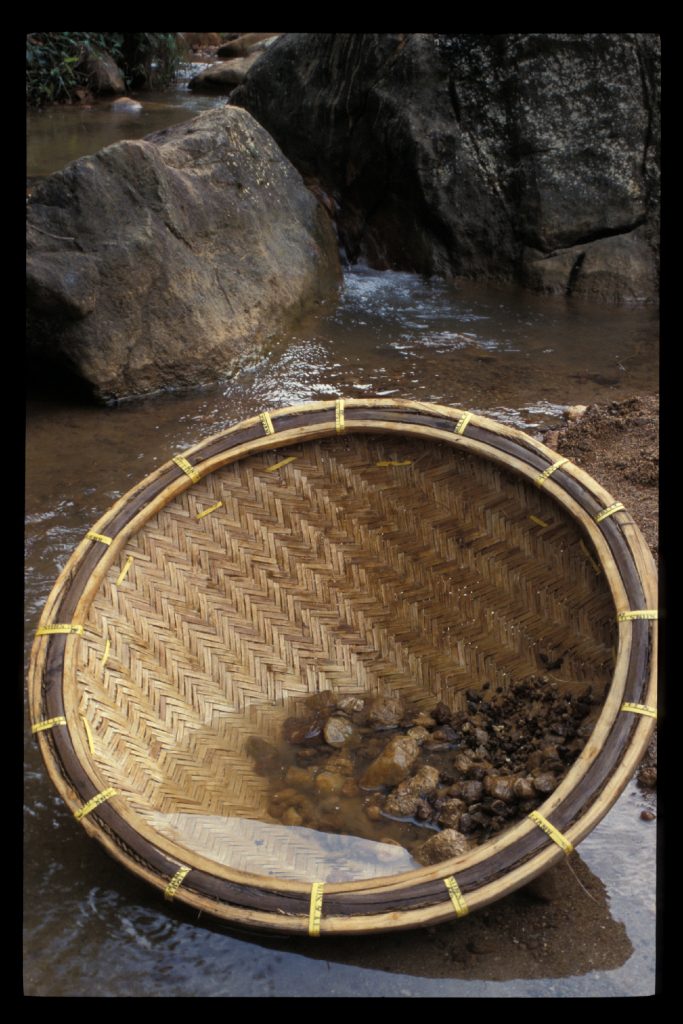
Most sapphires are found in secondary gem-bearing river gravels, known in Sri Lanka as “illam” and in Burma as “byon”. Above is a typical wicker basket used to sift these gravels, allowing for the denser gem material to remain in the basket
Sapphire forms in hexagonal dipyramidal crystals, as seen above
Sapphire and ruby are varieties of corundum, which is derived from the Sanskrit word kurivinda, and the Tamil-Dravidian kurundum, meaning ruby. The Sanskrit word for sapphire is shanipriya, meaning “dear to Saturn”. Many believe that wearing sapphires brings healing and positive energy
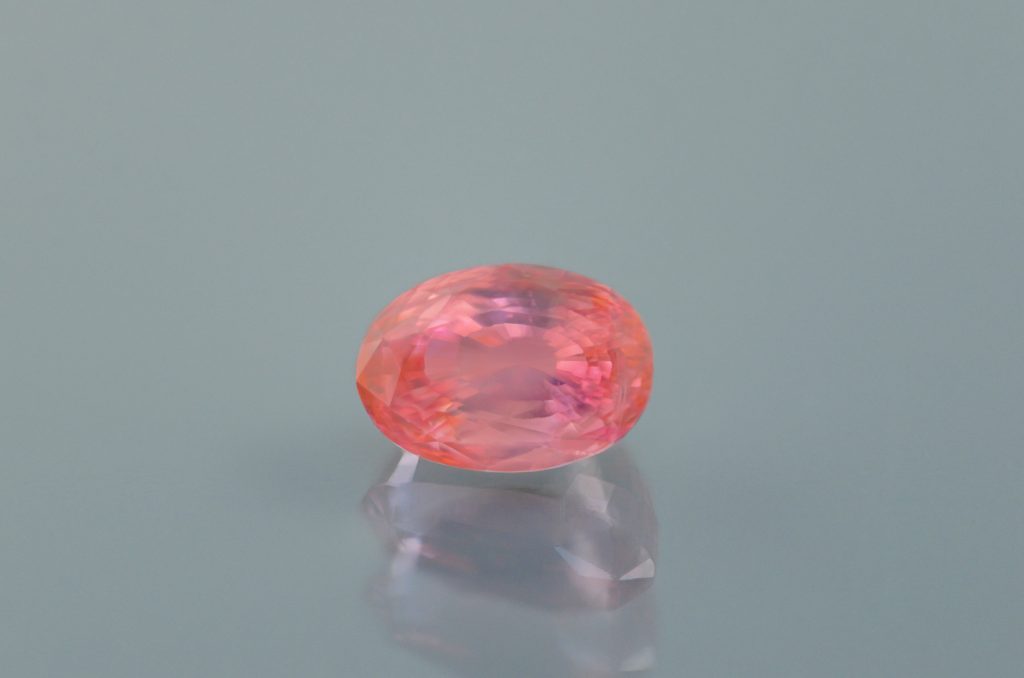
Edward Boehm inspecting cut sapphires and padparadscha rough in Sri Lanka
Sapphires exhibit two distinct colors, known as pleochroism, thereby requiring highly-skilled cutters to blend the colors and minimize color-zoning. Gem padparadscha sapphires are skillfully faceted to blend the pink and orange hues associated with the lotus flower, a sunrise or sunset
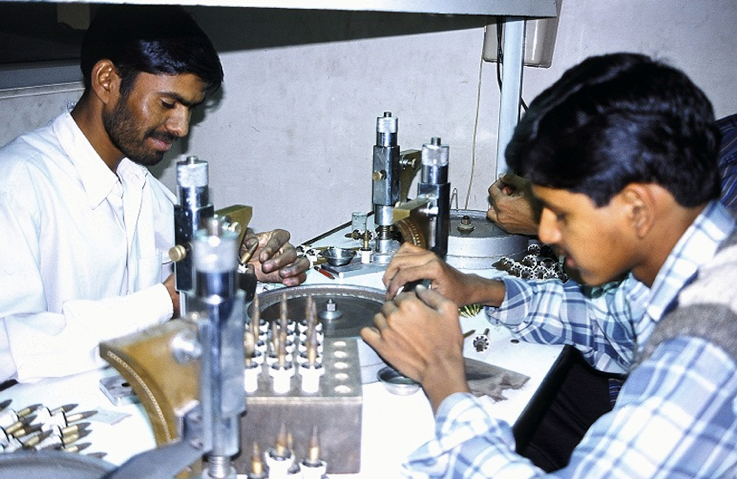
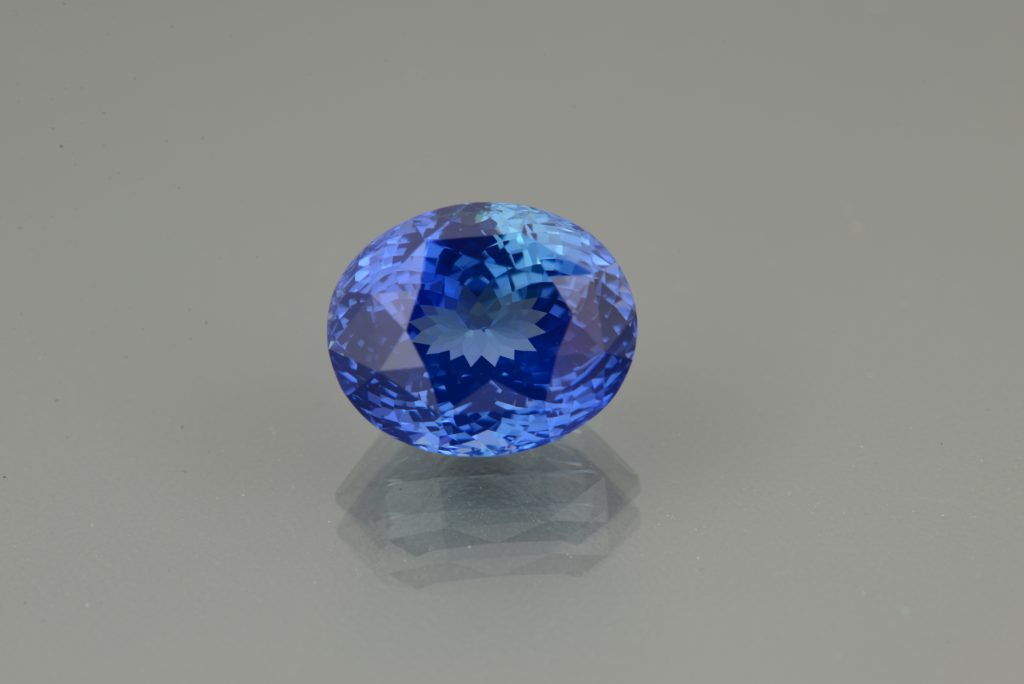
Famous blue sapphire engagement rings have sparked trends in similar styles for years. Notable examples are Napoleon Bonaparte’s Toi et Moi diamond and sapphirering upon his engagement to Josephine, Lady Diana Spencer’s (and later Kate Middleton’s) 12ct sapphire ring, and Carole Lombard’s 150ct star sapphire ring from William Powell in 1931
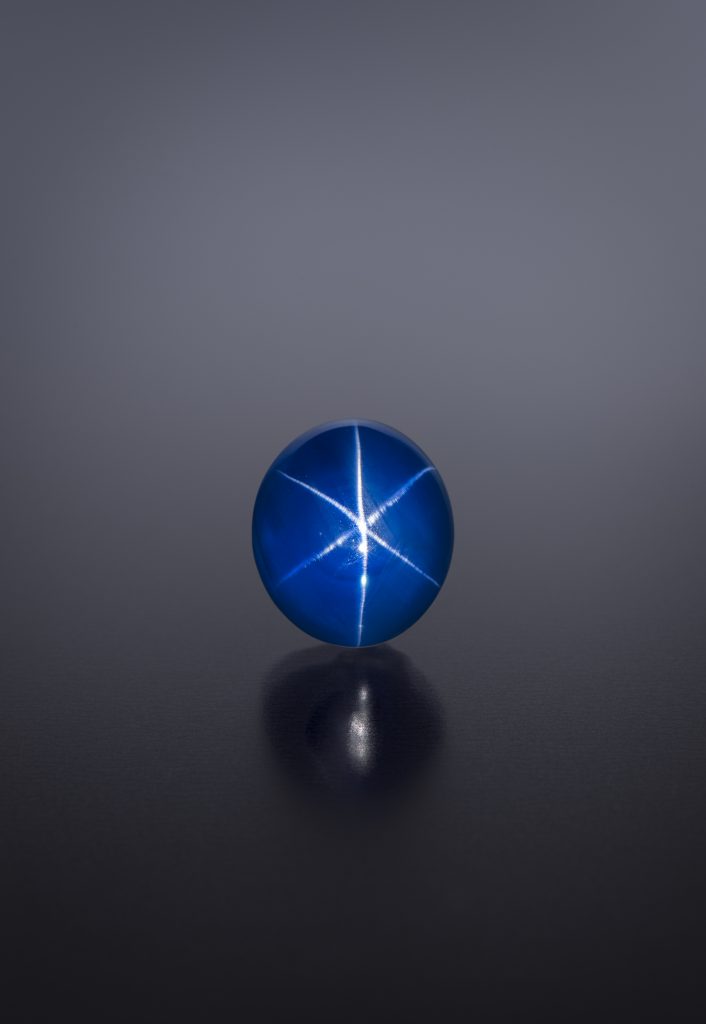
Photo by R. Weldon
Star sapphires were very popular in the 1920’s and 1930’s among Hollywood starlets. Bombay Sapphire gin was actually named for the “Star of Bombay”, a 60ct star sapphire belonging to Mary Pickford before she donated it to the Smithsonian Institute upon her death. Other leading ladies known for their star sapphires include Joan Crawford, Carole Lombard, Jean Harlow and Myrna Loy
